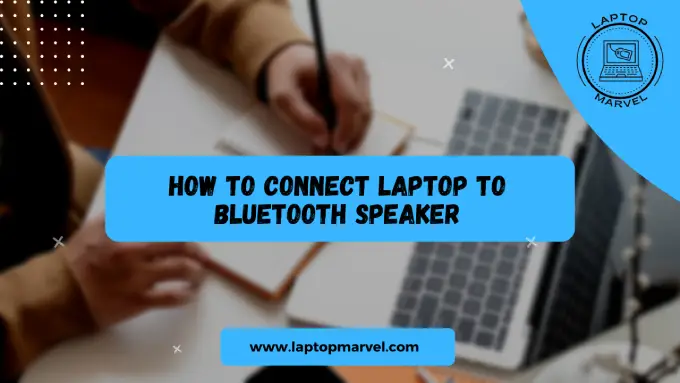In today’s world of wireless connectivity, the ability to seamlessly link devices together has become an indispensable feature. Bluetooth technology, in particular, has revolutionized how we connect and interact with our gadgets. Among its many applications, connecting a laptop to a Bluetooth speaker stands out as a convenient and efficient way to enhance your audio experience. In this comprehensive guide, we’ll walk through the step-by-step process of connecting your laptop to a Bluetooth speaker, unlocking a world of wireless sound.
Understanding Bluetooth Connectivity
Before delving into the connection process, let’s grasp the fundamentals of Bluetooth technology. Bluetooth operates on radio waves to wirelessly link devices within a limited range. Bluetooth speakers, designed with this technology, receive audio signals wirelessly from compatible devices like laptops, tablets, or smartphones. Compatibility is key – ensuring your laptop and Bluetooth speaker support Bluetooth connectivity is the first step toward a successful pairing.
Preparing Your Laptop and Bluetooth Speaker
- Enable Bluetooth on Your Laptop: Start by ensuring Bluetooth is activated on your laptop. On Windows, navigate to Settings > Devices > Bluetooth & other devices. On Mac, go to System Preferences > Bluetooth.
- Power On Your Bluetooth Speaker: Turn on your Bluetooth speaker and put it into pairing mode. Refer to the speaker’s manual for instructions, as different models may have varied methods to enter pairing mode.
- Check Proximity and Range: Keep your laptop within the Bluetooth range of the speaker, typically around 30 feet. Ensure there are no obstacles hindering the signal.
Pairing Process: Connecting the Laptop and Speaker
- Access Bluetooth Settings on Your Laptop: Open the Bluetooth settings on your laptop. Your laptop should scan for available devices automatically. If not, look for the “Scan” or “Search for Devices” option.
- Locate and Select Your Bluetooth Speaker: Once the speaker appears on the list of available devices, select it to initiate the pairing process.
- Pairing and Verification: Your laptop may prompt a pairing request or ask for a passcode. Follow the on-screen instructions and enter the necessary code (if required) to complete the pairing.
Troubleshooting and Tips
Despite its convenience, Bluetooth connections can sometimes encounter issues. Here are some troubleshooting tips:
- Update Software and Drivers: Ensure your laptop’s Bluetooth drivers are up to date. This can often resolve compatibility issues.
- Reset Bluetooth Connections: If facing persistent problems, try turning Bluetooth off and on again on both the laptop and the speaker.
- Maximize Stability: Reduce interference by moving away from other electronic devices. Walls and other obstacles can also weaken the Bluetooth signal.
Enhancing Your Bluetooth Experience
Now that your laptop and Bluetooth speaker are connected, explore ways to optimize your audio experience:
- Additional Features: Some speakers allow for multiple connections. Explore if your speaker supports this feature to connect multiple devices simultaneously.
- Sound Optimization: Adjust the sound settings on your laptop and speaker for the best audio quality.
- Best Practices: Understand the limitations of Bluetooth, such as its range and potential audio quality loss compared to wired connections.
Conclusion
Connecting your laptop to a Bluetooth speaker provides flexibility and convenience in enjoying high-quality audio without the constraints of wires. By following these step-by-step instructions and troubleshooting tips, you can effortlessly establish a stable connection and unlock a world of wireless sound, enhancing your overall audio experience. Embrace the possibilities of wireless connectivity and elevate your listening experience today!
